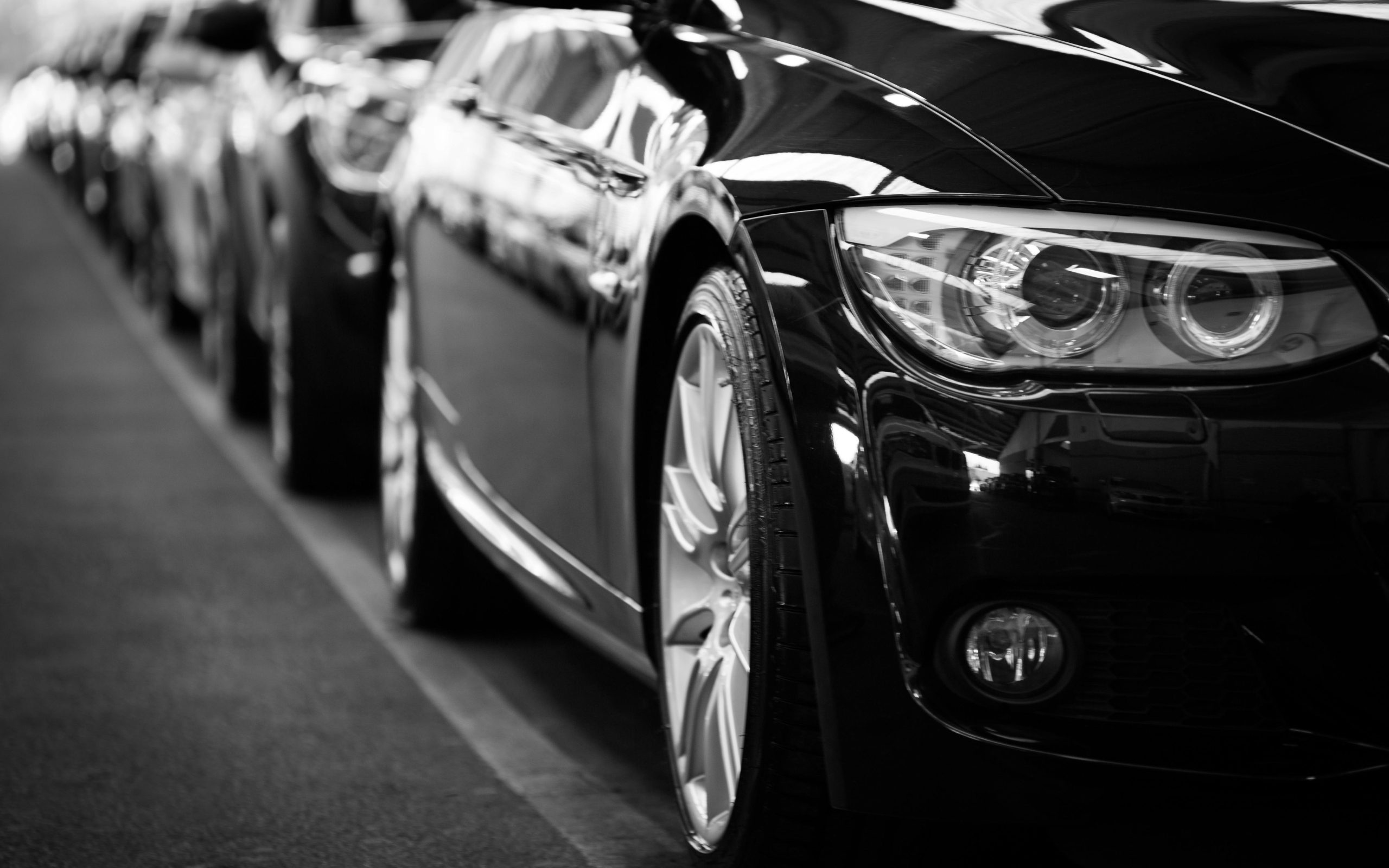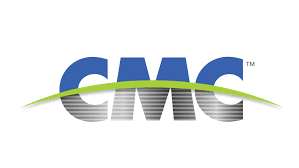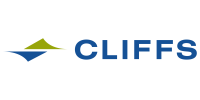Steel Mills

Canadian Government Commits $420 Million to Algoma EAF
Written by Michael Cowden
July 5, 2021
Algoma Steel is slated to receive as much as C$420 million ($340 million U.S.) from the Canadian government to help pay for its switch from integrated steelmaking to electric-arc furnace (EAF) production.
The amount will be distributed over four years and is aimed at making the Sault Ste. Marie, Ontario-based flat-rolled steelmaker one of the “greenest” in North America.
![]()
“Having a commitment of this magnitude from the Government of Canada shows leadership towards a net-zero, climate-resilient Canada, and is so very important as we look to make our proposed transformation to EAF steelmaking a reality,” Algoma Steel CEO Michael McQuade said in a statement on Monday, July 5.
Underscoring the importance of the project, Canadian Prime Minister Justin Trudeau announced the government’s financial support Monday on site at the mill.
The money from the Canadian government includes as much as C$200 million ($162 million U.S.) from Canada’s Strategic Innovation Fund (SIF). The SIF money will be funneled though Canada’s “Net Zero Accelerator,” a program aimed at expediting decarbonization projects. And the Canada Infrastructure Bank has agreed in principle to contribute another $220 million ($178 million U.S.), Algoma said.
Switching to EAF steelmaking could reduce Algoma’s carbon emissions by approximately 70%. And the change would make “green steel” available for use in cars, consumer products and infrastructure upgrades, the company said.
Algoma announced in May that it planned an IPO, proceeds of which could also be used to fund its transformation to EAF production. The goal: To reduce greenhouse gas emissions by getting rid of the carbon-intensive coking process associated with traditional integrated steelmaking.
The move is part of a broader global trend.
U.S. Steel has replaced the blast furnace at its Fairfield Works in Alabama with an EAF. And its mill in Košice, Slovakia, is said to be considering an EAF as Europe looks to decarbonize.
Other integrated steelmakers in Europe – Swedish steelmaker SSAB, for example – already have plans to replace their blast furnaces with EAFs.
The backdrop for such decisions: The steel industry accounts for 8% of total global CO2 emissions. And most developed countries have announced or begun implementing plans to significantly reduce carbon emissions.
Algoma makes hot-rolled coil, cold-rolled coil and plate for a wide range of industries, including automotive, infrastructure and defense.
By Michael Cowden, Michael@SteelMarketUpdate.com

Michael Cowden
Read more from Michael CowdenLatest in Steel Mills

SDI profits soar in Q3’25 amid ‘record’ steel shipments
Steel Dynamics Inc.’s third-quarter profits jumped year over year as the company saw “record” quarterly steel shipments

Cliffs leans hard into auto after aluminum supply chain shock
Cleveland-Cliffs executives pointed to growing automotive demand as the engine driving a turnaround at the company.

CMC to strengthen precast position with Foley Products acquisition
Commercial Metals Co. (CMC) will acquire Newman, Ga.-based Foley Products Co. for $1.48 billion, making it the number three US precast concrete producer.

Cliffs posts Q3 loss, but sees upside in slab contract exit and auto deals
Cleveland-Cliffs Inc. pointed to signs of recovery in its third-quarter earnings report on Monday. Improved automotive volumes and a better product mix drove sequential gains, but the steelmaker’s financials continue to bled red.

CMC Q4 profits rise on improved market conditions
CMC reported higher net earnings in its fiscal fourth quarter on "better market conditions" across its segments.
